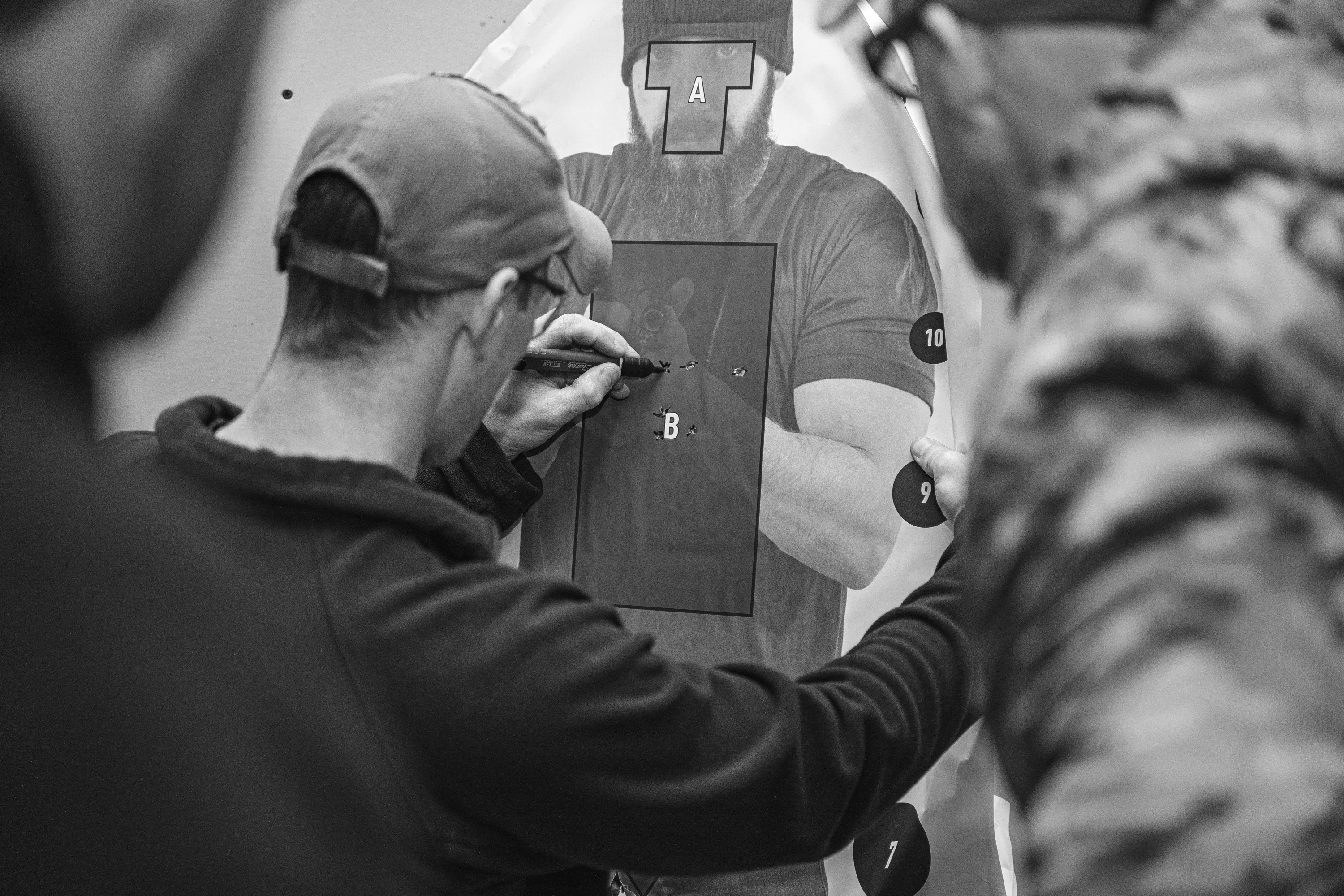

At DEFCON 2, all of the country’s combat forces are set to deploy within about 6 hours of notice. DEFCON 2 is used for severe situations, such as when there’s a major terrorist attack or immediate danger of a major military action against the United States or its allies. At DEFCON 3, the Air Force is always ready to mobilize within just 15 minutes of notice. or one of its allies is under threat of military action. Level 3 is used during tense political or military situations where it might be necessary to mobilize the country’s armed forces at any moment-for instance, if there’s a chance that the U.S. armed forces might go to DEFCON 4 in response to potential terrorist activity or military threats, but it doesn’t necessarily mean that there’s immediate danger of an attack. DEFCON 4 is a slightly elevated level of readiness, characterized by an increase in intelligence gathering and heightened security measures. This level is used when the country is not at war and there are no major potential threats to national security. DEFCON level 5 is defined as normal peacetime readiness. There are 5 DEFCON levels, with 5 being the least severe and 1 being the most severe. To understand the DEFCON scale, start by getting to know the levels. DEFCON is short for Defense Ready Condition. In the U.S., the DEFCON scale is used to measure how alert the country’s defense forces are in response to a potential national emergency. Note that, by definition, all military forces go to DEFCON 1 in the event of an EMERGCON being issued.Issued by the Commander in Chief of the North American Aerospace Defense Command. Air Defense Emergency: Made in the event of attacks against the US, Canada, or military installations in Greenland.Issued by unified commander or higher authority. Defense Emergency: Made in the event of major hostile attacks against U.S.These conditions (which have never been issued before) are thought to be issued in the event of nuclear war and include civilian directives as well as military ones. X Research source X Research source However, the most important alert scale besides DEFCON is likely the EMERGCON scale. These include LERTCON (used by the US and NATO allies), REDCON (used by individual US military units), and more.

The DEFCON scale is not the only measure that the US government and military use to rate their readiness against external and internal dangers. X Research sourceīe aware of other US alert scales.

Though some non-military, non-government sources may claim to know the current DEFCON level, there is no way to verify this. Thus, most of the information that the general public has on the DEFCON scale is based on old declassified documents or historical DEFCON "spikes" revealed to the public after the fact. Note again that the precise actions that the military takes at each DEFCON level are, for obvious reasons, kept secret.However, some anecdotal evidence suggests that top-level military leaders are able to increase the DEFCON level without the president - for instance, some sources report that the Strategic Air Command's decision to issue a DEFCON 2 during the Cuban Missile Crisis occurred without input from President Kennedy.
#Defcon delta upgrade#
It is usually assumed that an upgrade in military preparedness is made by the Joint Chiefs of Staff (the highest commanders in the American military) with the approval of the president. The exact process that the military uses to declare a DEFCON increase is not perfectly-understood by the public. Understand how DEFCON levels are assigned. In this case, a DEFCON 3 was issued because of the possibility that any errors in the resulting standoff might trigger open war across the Korean border (a politically and militarily tense area then, as it is today). For instance, during Operation Paul Bunyan, which resulted in a DEFCON 3, two American officers were killed by North Korean forces in the Korean Demilitarized Zone (DMZ). Historically, DEFCON 3 has usually corresponded to situations in which military action against the US or one of its allies was a distinct possibility.In addition, all military communications may be encrypted based on classified protocols. At this level, American military forces are put on a heightened state of alert in anticipation of mobilization - in particular, the Air Force is kept ready to launch operations with just 15 minutes of notice. Situations that call for DEFCON 3 are serious - though they may not pose an immediate threat to the existence or stability of the American state, they do call for significant vigilance. Use DEFCON 3 for tense military/political situations.


 0 kommentar(er)
0 kommentar(er)
